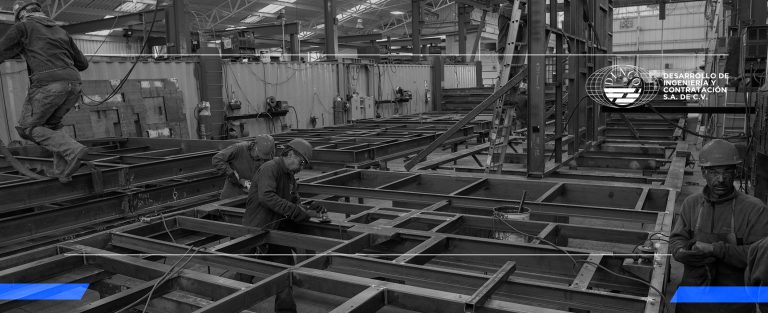April 28th is Steel Safety Day, coinciding with the World Day for Safety and Health at Work organized by the International Labour Organization.
Since 2014, Steel Safety Day has been established to raise awareness about the most common safety incidents and create a safer work environment across the steel industry.
Nothing is more important than worker safety, which is why industry experts recognize the main hazards. Safety laws require employers to protect workers from these hazards. Among the most common accidents in the steel industry are:
Machinery Risk: In steel production, specialized equipment that can be heavy and have moving parts is used. These machines can cause injuries to workers during operation or when being repaired or maintained.
Fall Hazard: In steel mills, workers often have to work at heights, whether on scaffolds, platforms, or cranes. Falls from these heights can result in serious injuries or even fatalities.
Falling Objects: If workplaces are not kept clean and orderly, there can be loose tools, equipment, materials, or debris posing a risk. If these elements are not properly secured, they will fall and injure workers below.
Traffic Accidents: In steel facilities, industrial vehicles like trucks constantly move at different speeds. This increases the risk of traffic accidents, which can result in serious or even fatal injuries for steelworkers.
Process Hazards: The steel production process itself carries various dangers for workers. There are risks associated with handling hazardous chemicals, exposure to toxins that can be inhaled or ingested, the possibility of fires, molten metal spills, and the constant threat of explosions. These risks can have fatal consequences for workers if not properly managed.
Thus, the steel industry presents significant hazards for workers, ranging from fall and entrapment risks to exposure to hazardous chemicals and the possibility of traffic accidents. To ensure worker safety, it is crucial to implement effective prevention measures and provide adequate training to mitigate these risks and protect the health and well-being of those working in this sector.


